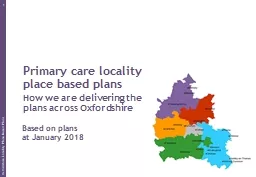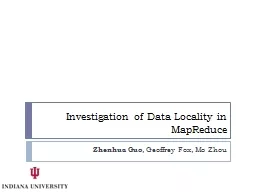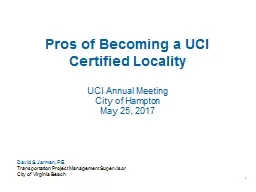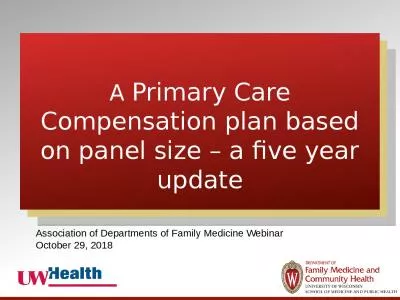PPT-Primary care locality place based plans
Author : pamella-moone | Published Date : 2018-12-13
How we are delivering the plans across Oxfordshire Based on plans at January 2018 Foreword 2 The NHS is facing unprecedented challenges with growing demand workforce
Presentation Embed Code
Download Presentation
Download Presentation The PPT/PDF document "Primary care locality place based plans" is the property of its rightful owner. Permission is granted to download and print the materials on this website for personal, non-commercial use only, and to display it on your personal computer provided you do not modify the materials and that you retain all copyright notices contained in the materials. By downloading content from our website, you accept the terms of this agreement.
Primary care locality place based plans: Transcript
Download Rules Of Document
"Primary care locality place based plans"The content belongs to its owner. You may download and print it for personal use, without modification, and keep all copyright notices. By downloading, you agree to these terms.
Related Documents














